Archive
2021
KubaParis
Fragmente einer Romantik
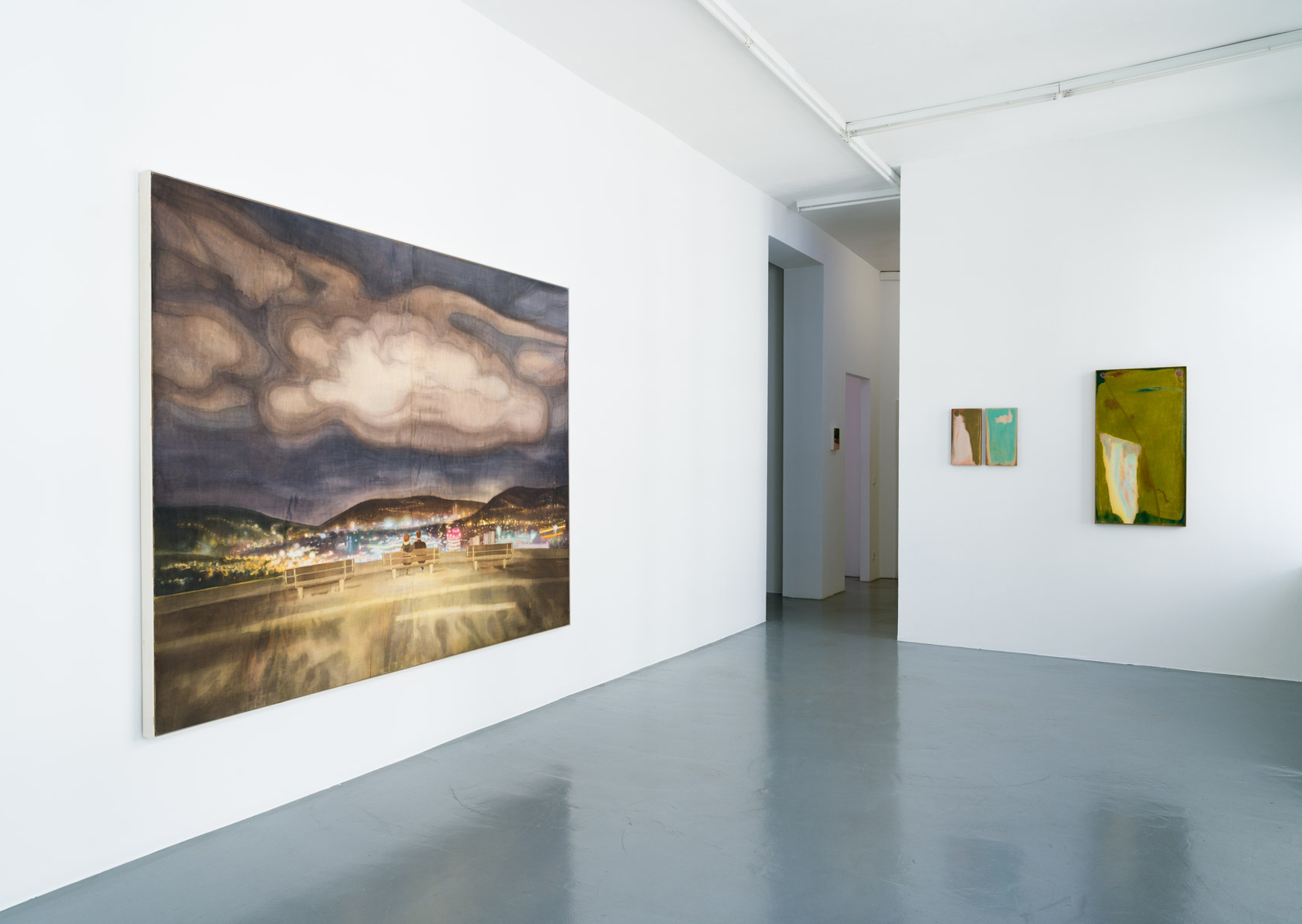
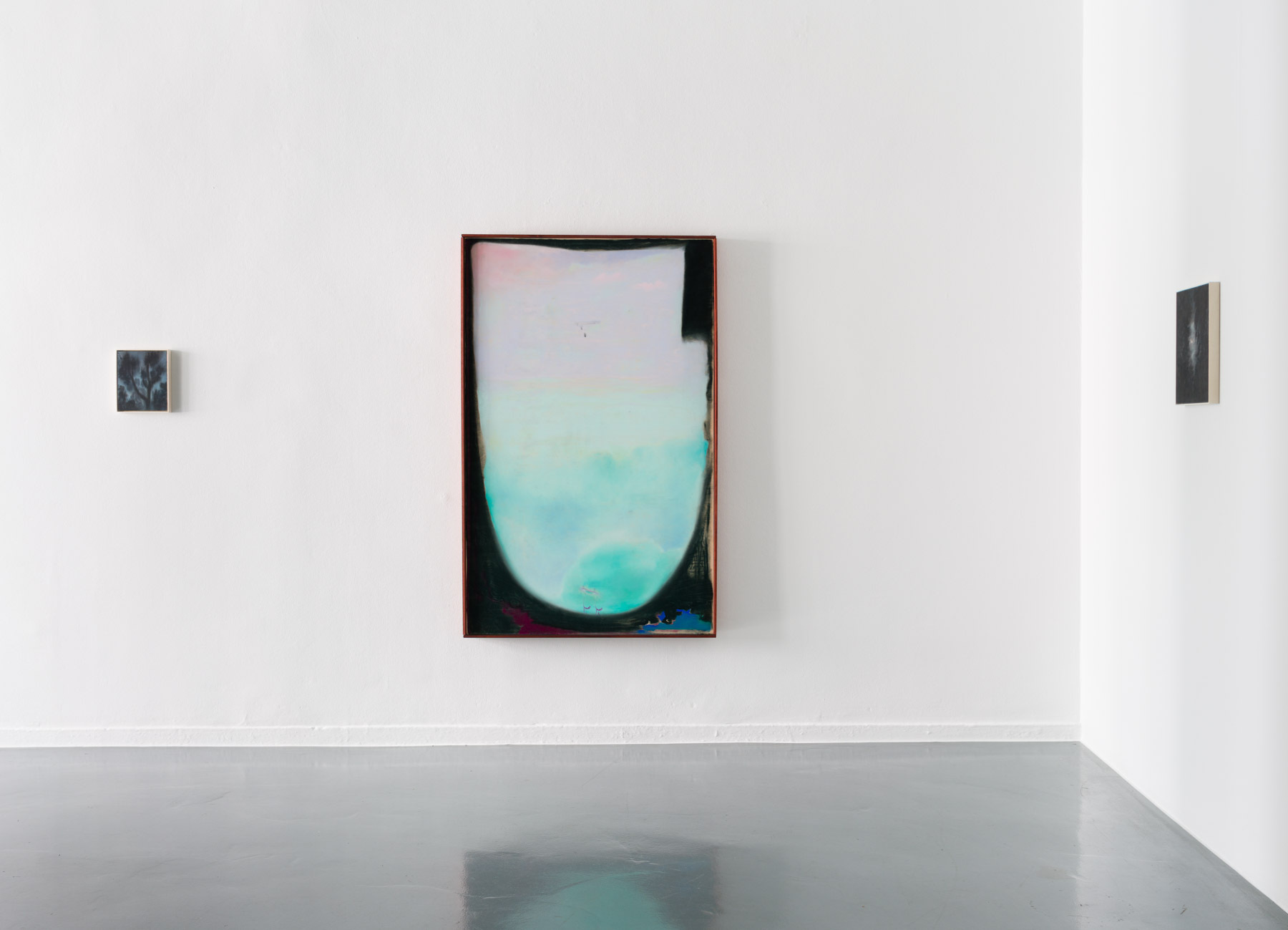
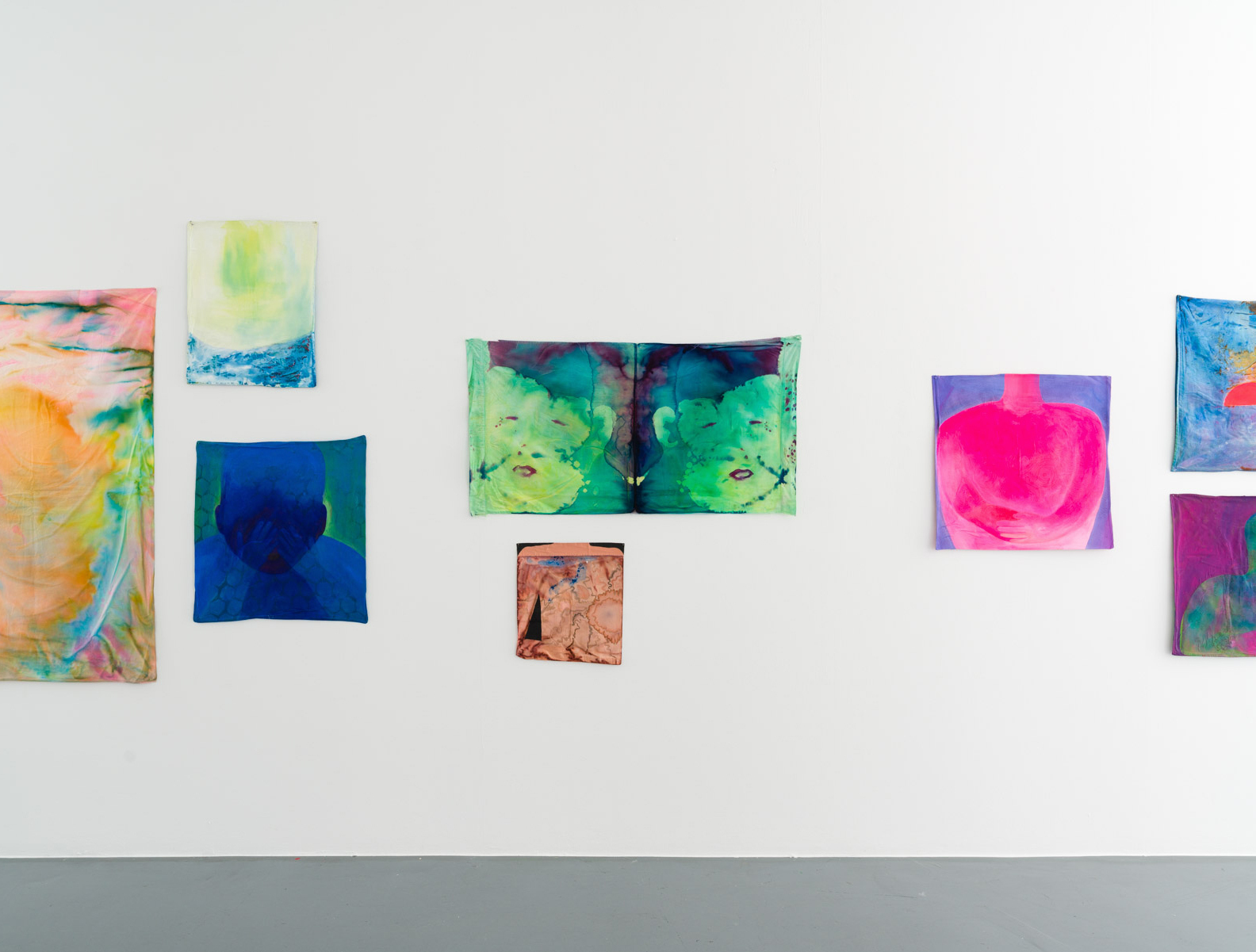
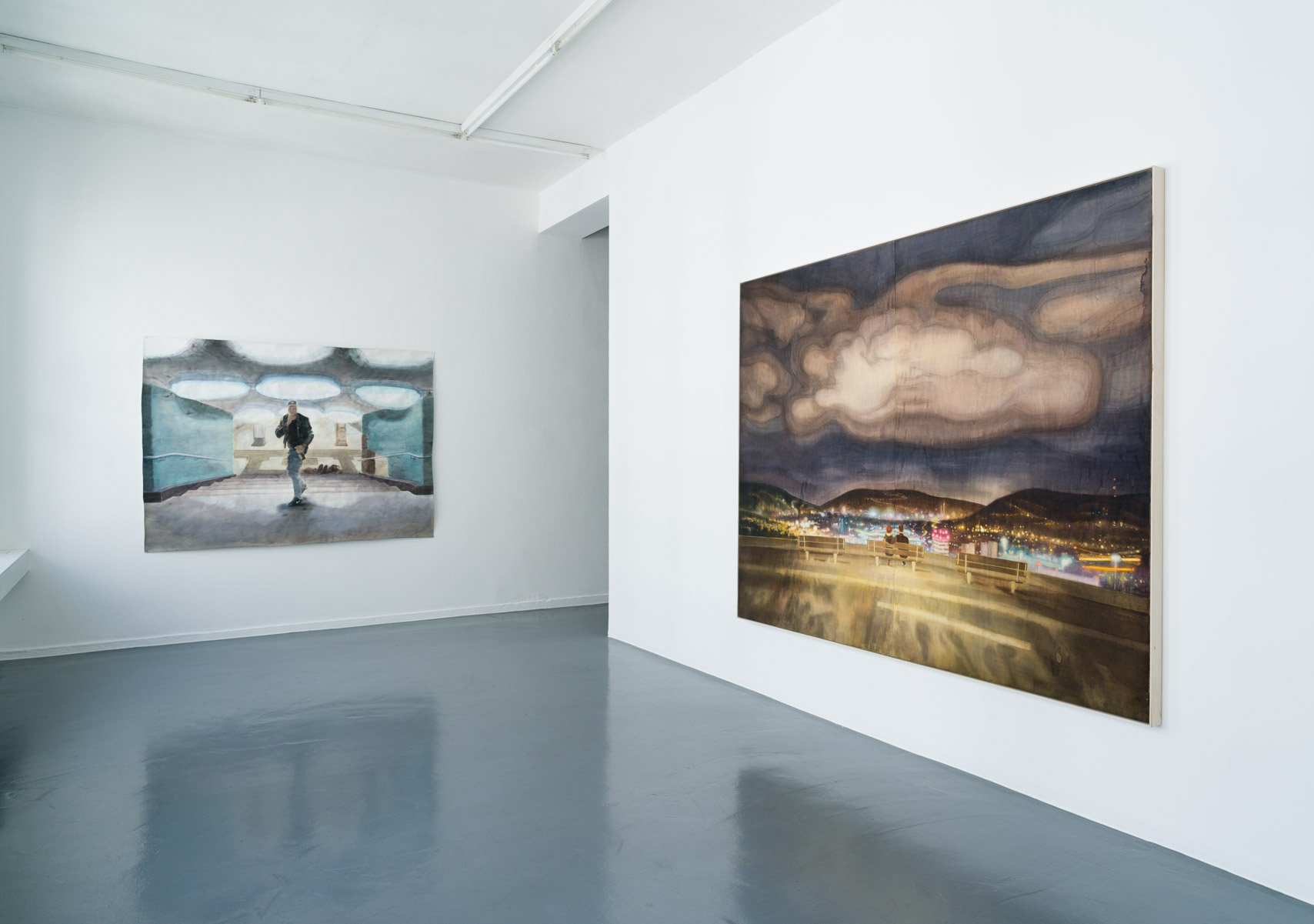
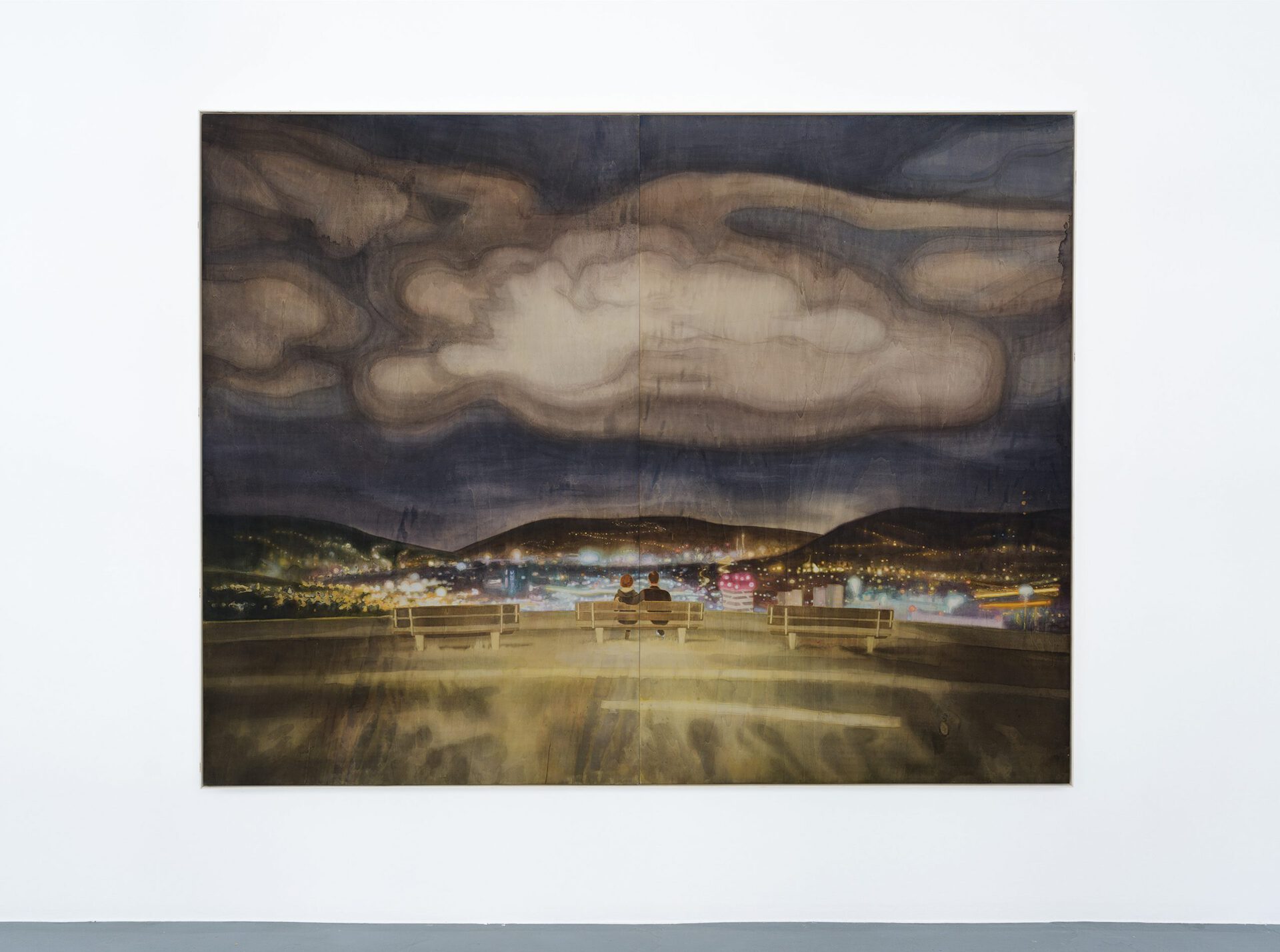
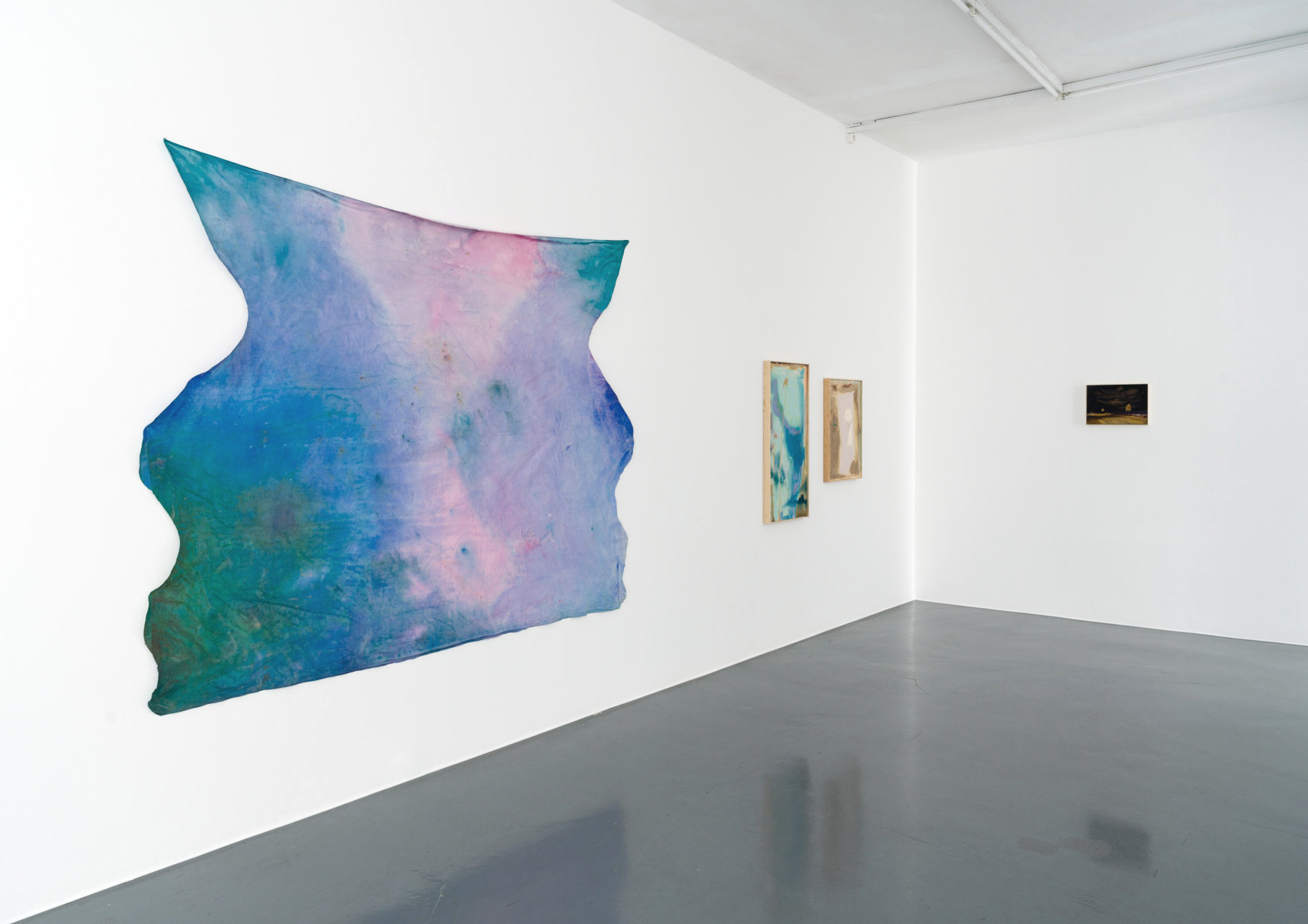
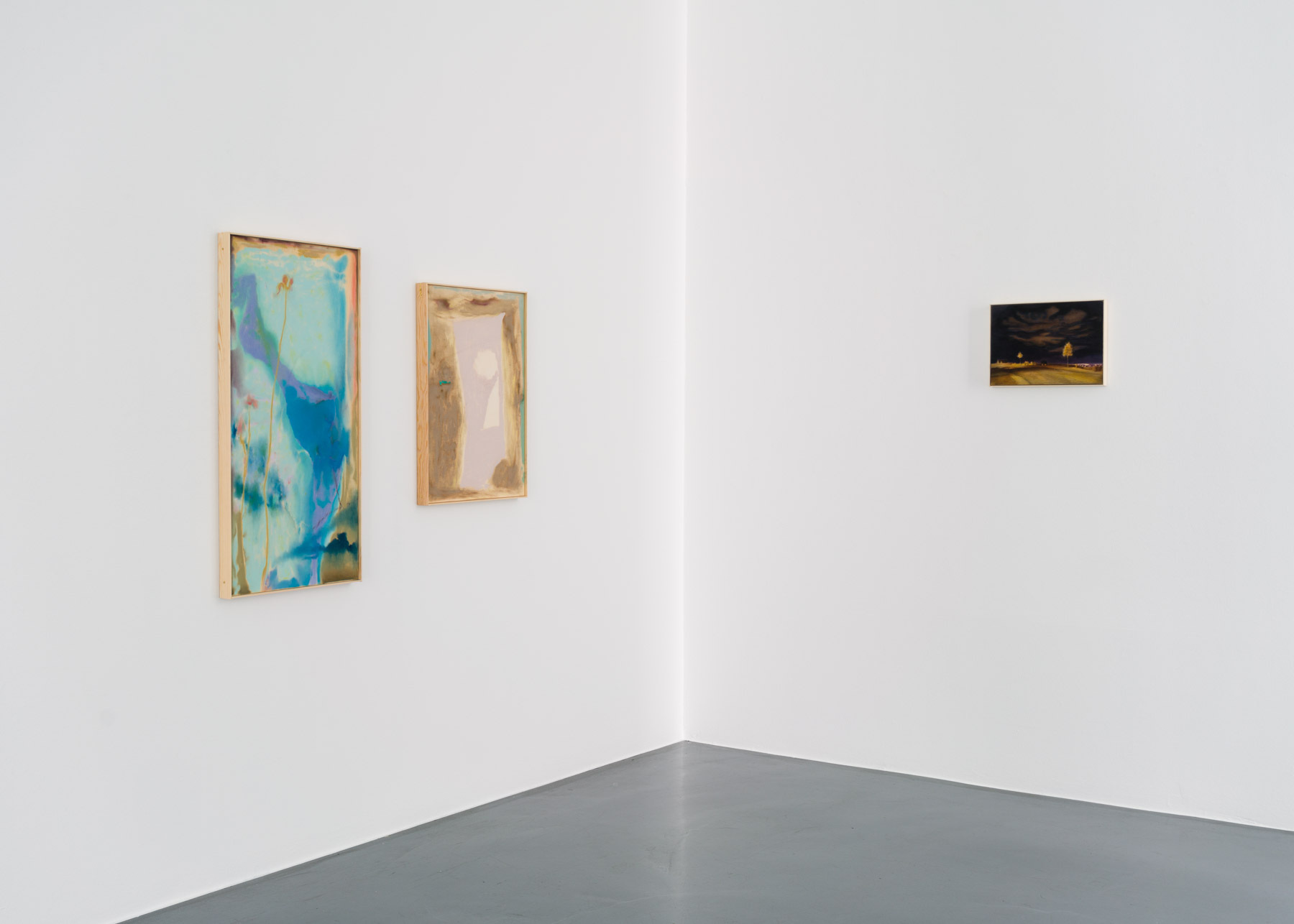
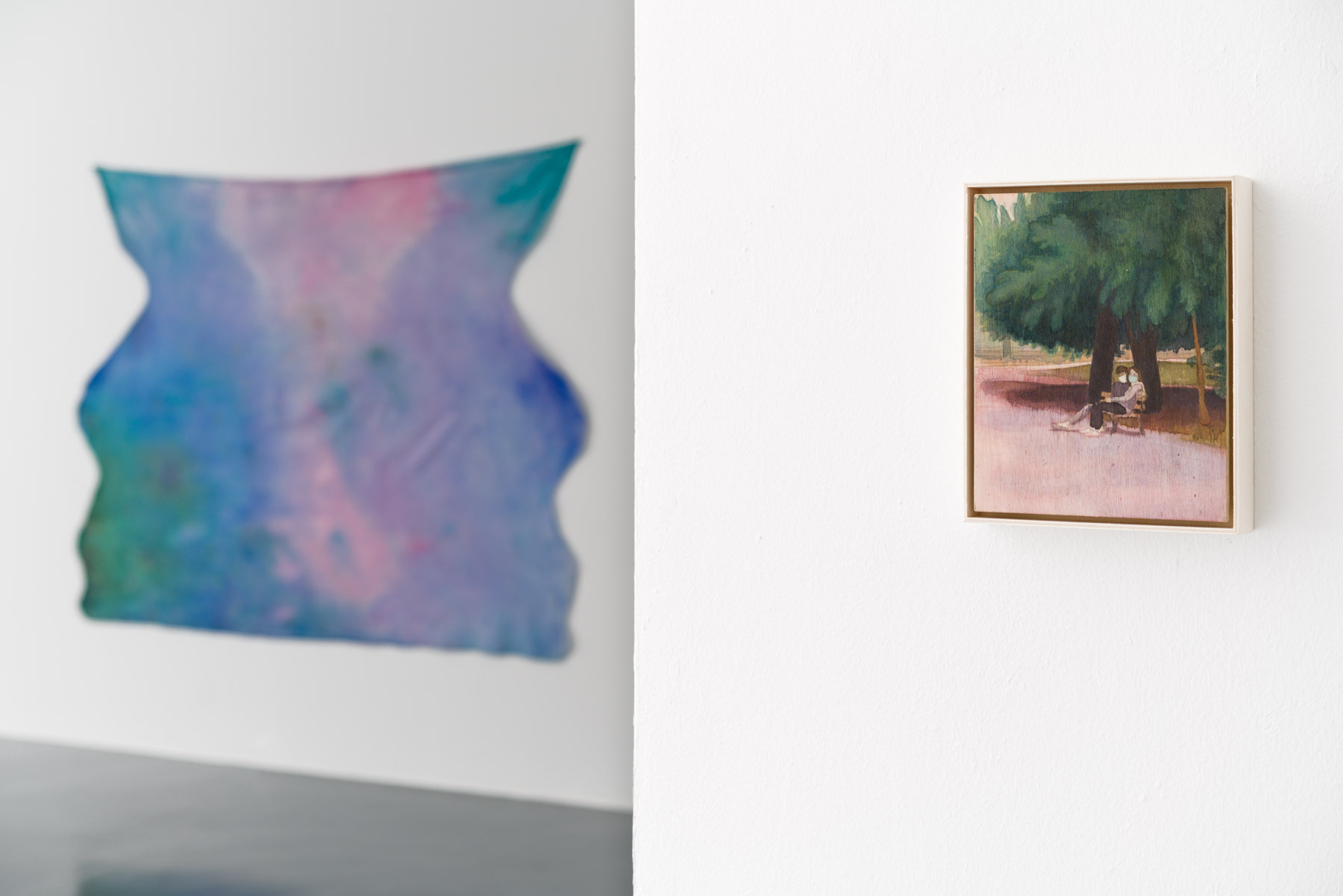
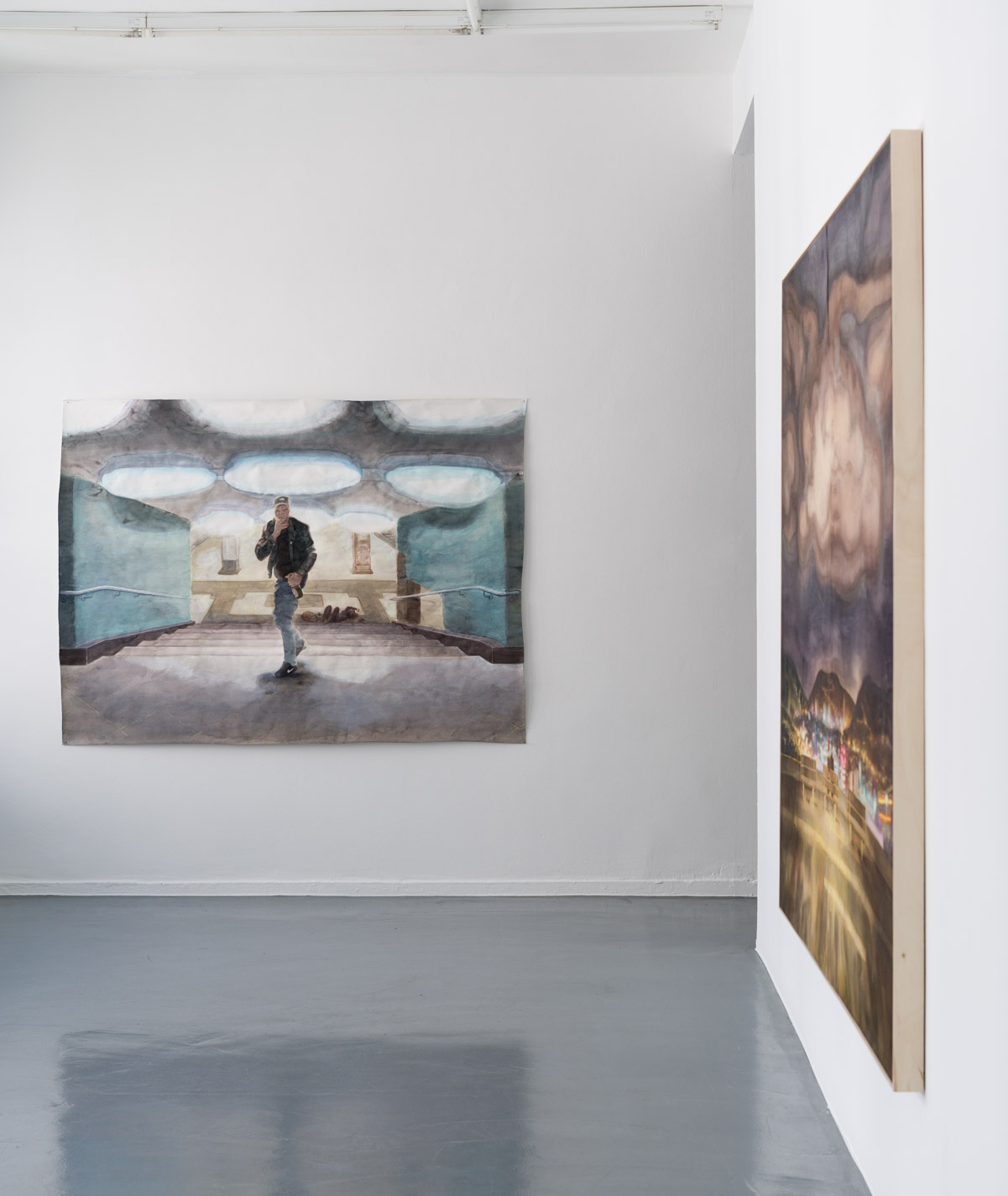
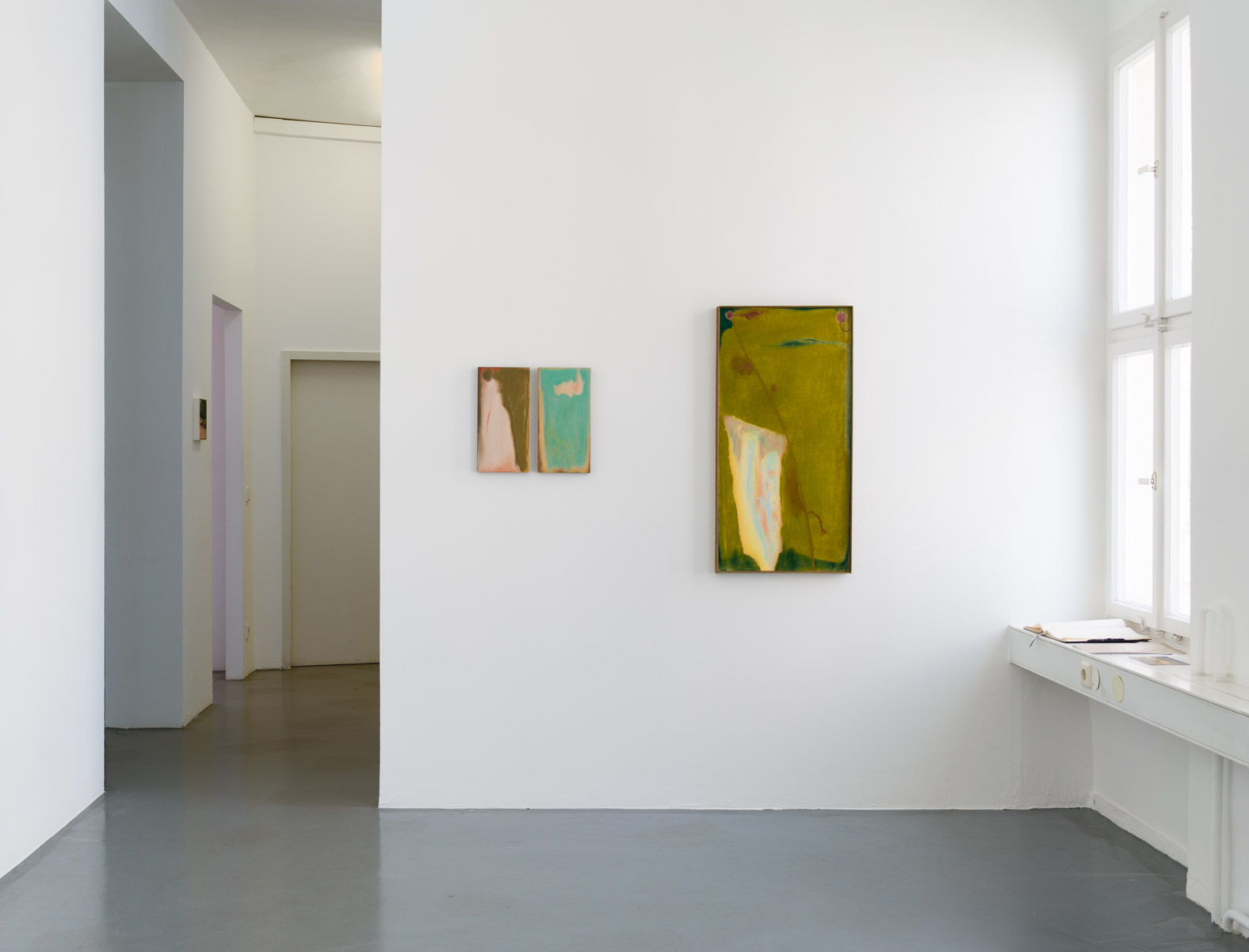
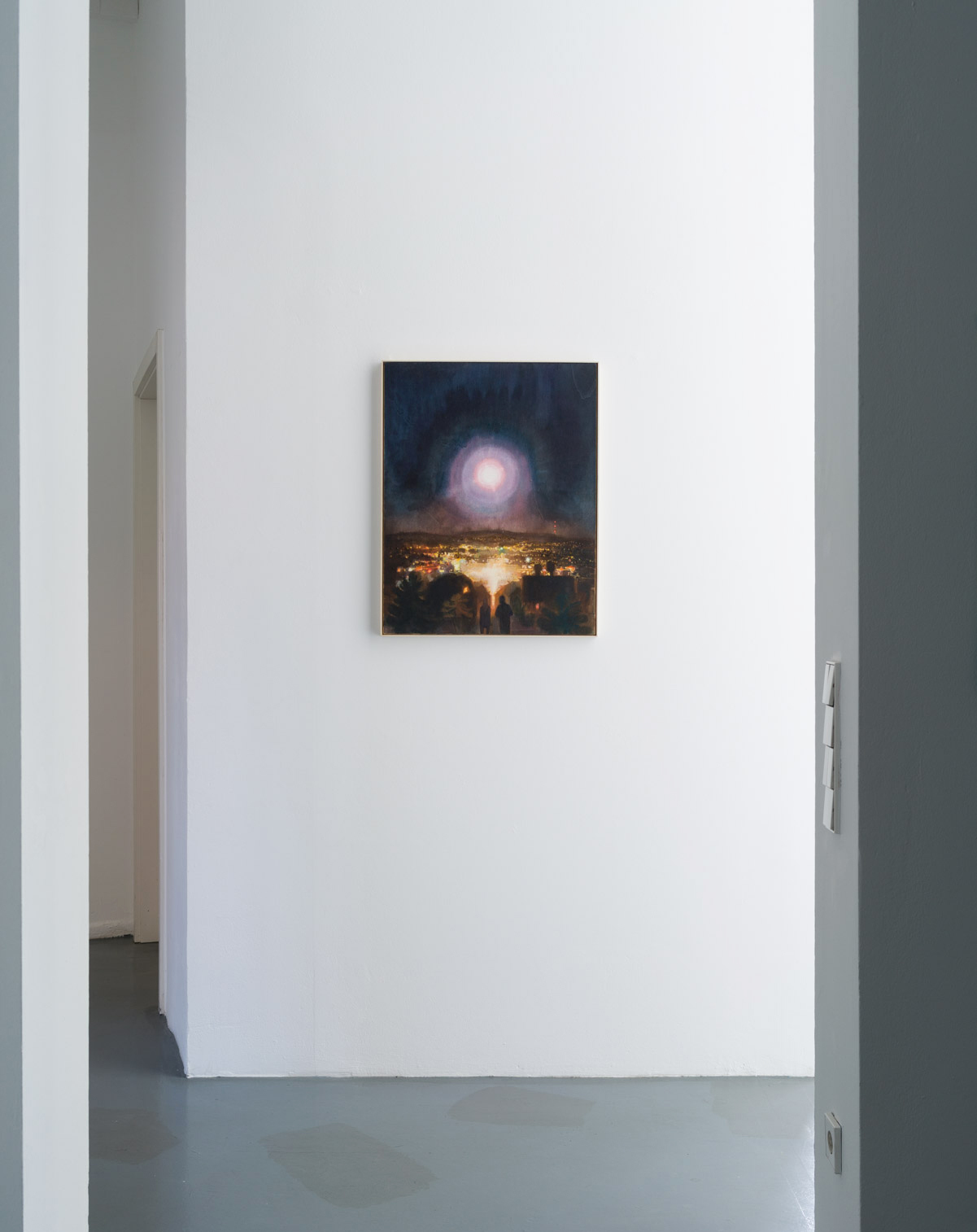
Location
Galerie Reinhard HauffDate
10.06 –28.07.2021Curator
Arthur Metz, Reinhard HauffPhotography
Bernhard KahrmannSubheadline
artists : Charlotte Denamur, Arthur Metz, Dóme ScharfenbergText
The term fragment plays an important role in the development of early romantic thinking. The fragmentary and the unfinished as sign and at the same time (tool) method for approaching the absolute. The artist who deliberately leaves a fragmented, incomplete oeuvre behind, as well as mostly incomplete works, gives the viewer the freedom, and consciously prompts him to complete the work in his mind. According to Karl Wilhelm Friedrich Schlegel (*1772, †1829, a German writer and philosopher of Romanticism) the fragment serves as mediator in a dialogue between artist and viewer, to help overcome mutual "mental decay". This movement seeks to stimulate thought and reflection through works of art that are created to never be finalized but instead continue to develop and transform in the viewer's mind.
Fragments of a Romanticism describes the fragmentary emotional worlds of three young artists working to hold on to the idea of modern romanticism in this time of egoism and individualism of the 21st century. The exhibition title refers to the French writer and philosopher Roland Barthes' (*1915, †1980) book A Lover's Discourse. Fragments, from 1977, in which Barthes presents the reflections of a lover seeking to identify signs by which to show and receive love. The longing for love, passion, adventure and the search for intense feelings are, and will remain, the great motivations of mankind. This generation of artists is shaped by apocalyptic predictions, conspiracy theories, extremism and terror, which all have one thing in common, the longing and the quest for the absolute, the optimum, the extreme, the supposedly lost great feelings and values of humanity, while living with the uncertainty of what awaits us tomorrow!
In his figurative works, Arthur Metz (*1988 in Lyon, France) offers intimate insights into the lives of young people today. His watercolors and paintings on wooden panels show current political events as well as stories from personal experiences that reflect the Zeitgeist of his generation. Since the beginning of time, man is torn between love and violence, the role of perpetrator and victim, and these themes are explored in his work. In one of Metz' watercolors he depicts the violent Berlin youngster (U-Bahn Treter, 2021), who in rage kicked a random young woman down the stairs of the subway station. In Killesberg, 2021, on the other hand, he paints a couple who, in the evening hours, take in the view over the light-flooded Stuttgart – a seemingly poetic and romantic moment. But a threatening cloud of fine dust lingers over this scene and evokes the ever-present sins of a big city. Metz' work exposes vulnerability in contemporary public and private life and the concept of community in the context of a strange, diasporic identity.
Charlotte Denamur's (*1988 in Paris, France) large, colorful installations on textile appear playful and naive at first glance compared to Metz' paintings. She works directly with the canvas on the studio floor and soaks it with color – as a physical and sensory experience. She gives her work space to develop, she experiments, gets involved in the process of chance and also fits herself into it. She observes how the fluid color penetrates the textile surface, evaporates over time and leaves its traces. She relinquishes control and lets herself be carried away until some intervention in the artistic process is called for to interact with forms and elements from the colored canvases. Leftover traces of chance gestures and small misplacements become elements of her artistic genesis. Nothing is wasted, everything is recycled down to the smallest pigment particles that she keeps in jars. A kind of artistic ecosystem. The textile material creates folds and shapes, stretching out away from the wall into the exhibition space and opens up a poetic field of vision for the viewer. Some works extend out from the ceiling, hang on the walls or lead the beholder's gaze across the floor. Denamur's installation works have a certain lightness that spreads gracefully across the room, characterized by a minimalist design language that is self-referential and appears unintentional or indifferent to local and spatial change.
Dóme Scharfenberg's (*1988 in Munich, Germany) pastel chalk, pencils and oil compositions lead to places that are hidden behind an apparent reality. Over the years, Scharfenberg turned from primarily drawing to painting, eventually incorporating pastel to absorb, internalize and highlight conflict in a kind of tightrope walk between the two worlds – of drawing and painting. The artist creates a work of a special fragility that starts with the powdery character of the pastel pigments, where the pigment is indeed a fragment as part of a larger whole. By layering several pigments to form color areas, adding definition and energy with graphic movement, Scharfenberg's resulting composition presents imagery that eludes a clear definition or definitive outline. Color pigments and atmosphere unite to create an emotional environment that goes beyond technology and images. Scharfenberg's works are powered by color-flickering corridors of light, generating special moods and premonitions (translation to English: Elisabeth Hauff)
Cornelia Schuster